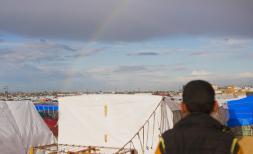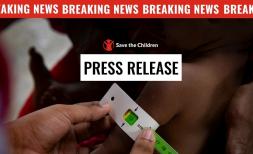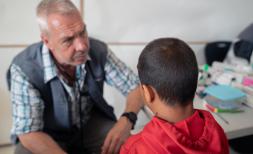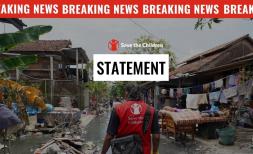Stories from the epicentre of the Ebola outbreak
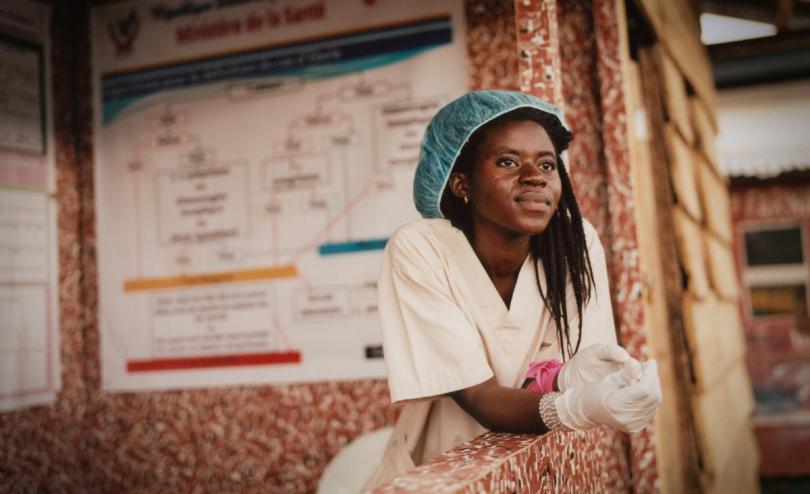
British photographer Hugh Kinsella Cunningham travelled with Save the Children to the epicentre of the Ebola outbreak in the war-torn east of Democratic Republic of Congo, capturing stories of those impacted by the disease. One year after the start of the outbreak on August 1st 2018, his portraits tell the stories of loss and sadness, but also the resilience and strength of those trying to contain the deadly outbreak.
Children describe the trauma of losing friends and family, and health workers recount the struggle to save the lives of the millions at risk in the lawless east of the country.
Ebola is devastating lives across eastern Democratic Republic of Congo, where some 2500 people have now been infected with the virus, of whom more than 1600 have died in what is the second largest outbreak in history of one of the world’s deadliest diseases. In this outbreak Ebola is killing around 70% of people who catch it. Much higher than in the infamous West Africa outbreak of 2014 and 2015.
Health workers face an almost impossible task trying to contain the virus, due to mistrust in the communities and constant violence in the region. Every day they risk their lives travelling into militia held areas to tend to the sick and raise awareness of how people can keep themselves safe from the disease.
There have been almost 200 attacks on health workers and health facilities this year. Children have said they initially thought Ebola was spread by health workers carrying out vaccinations. But the disease spreads when people with symptoms and those they’ve been in contact with are too afraid or suspicious to go to health clinics, so dispelling the myths and hostility is crucial.
Hugh Kinsella Cunningham travelled to Beni visiting two health facilities that are supported by Save the Children. One of the people photographed, Charlotte* 62 lost her daughter and grandson to Ebola;
She said: “It all started when my daughter came to my house feeling sick. We went to the hospital where we were told it was Ebola. The next day my child died, it was on a Thursday. My daughter was already a young lady, she had 3 children.”
“I lost my grandson and his mother, in the space of 2 weeks. The mother died two weeks after the son was buried”
11 y/old Kavira* describes losing her friend’s mother to Ebola, which led to the exclusion class because her classmates were scared she may have the disease.
She said: “When we heard the mother died, I felt a lot of pain, also because we could not go to the funeral. We have waited for the time of mourning to pay our respects."
“It really hurt when I saw my friend crying, I wanted to go and console her. When I see friends refusing to stay with her, I wanted to stay close to her."
“I told others not to be afraid of my friend since it is not her who is sick - it was her mother who died. My friend is no longer in school though, as people are afraid of her.”
Save the Children Country Director Heather Kerr: "As we approach one year since the start of the start of the crisis, there is no end of this deadly epidemic in sight. Children here have already grown up under the constant threat of armed violence. Many have seen loved ones killed or injured, or been attacked themselves. Now they are facing one of the world’s most frightening diseases.
“Ebola has killed hundreds of children and made many orphans. Thousands of lives have been destroyed. And every time the disease is contained in one area it surges into another.
"We have reached a critical moment and the world must listen. We urgently require more funding to contain this devastating Ebola epidemic
"These powerful images tell the stories of those surviving the outbreak, and the inspiring health workers risking their lives every day trying to prevent the spread of this terrible disease.”
